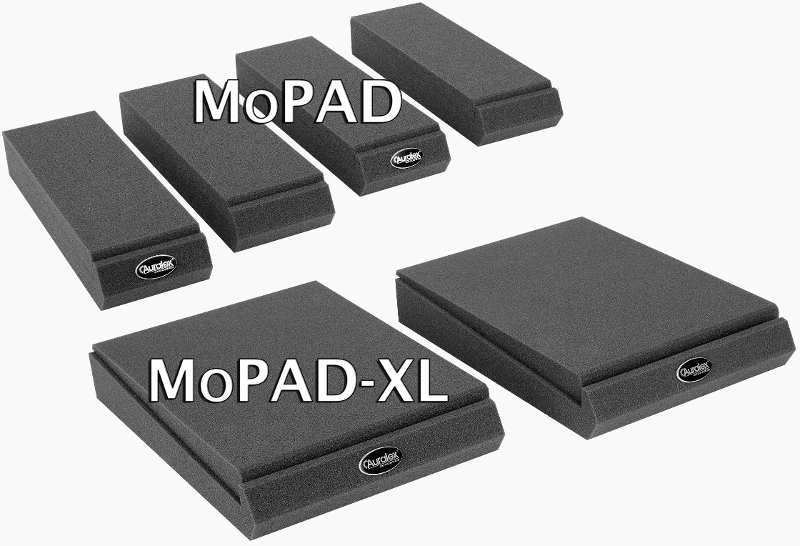Not all studios have acoustic treatment, but these tips will help improve your monitoring
Acoustics are crucial to proper mixing and mastering, yet many hobby and bedroom studios have no significant acoustical treatment. Fortunately, there are some simple steps you can take to help insure more accurate mixes.
- Use nearfield monitors, placed about three feet away from, and on the same level as, your ears. Being close to the speakers helps minimize the effects of room reflections.
- Minimize reflective surfaces between the speakers and your ears. If the speakers are on a table along with something like a mixer, place the speakers to the side of the mixer, and on small stands. You don’t want to have waves reflecting off the table (or the mixer) and hitting your ears. Placing sound-absorbing material (like a thick rug) on top of the table can help.
- Use a monitor’s bass and treble controls to compensate for “dead” or “live” rooms. Be careful, though; these should not be adjusted unless you know for sure that any adjustments will lead to more accurate reproduction.
- De-couple your speakers. With an ideal monitor speaker, the speaker would vibrate, but the enclosure wouldn’t. Unfortunately enclosures do vibrate, which means they transmit those vibrations to your speaker mounts, table, shelf, or wherever they sit. These in turn vibrate, and throw more sound into the room. The solution is to acoustically de-couple your speakers from their stands. There are a variety of solutions, including special pads made specifically for speaker decoupling, and mounting gizmos that suspend the speaker from the ceiling. But a simple, and quite effective, solution is simply to put a thick, neoprene mouse pad or two under your monitor speakers. They’ll damp a lot of vibration, and odds are you have a couple of spare mouse pads sitting around anyway. Your reward will be a tighter, more focused sound.
- Consider using commercial speaker de-couplers. I use the Primacoustic Recoil Stabilizers (see the image above) in my Studio A, and Auralex Mopads (Fig. 1) in Studio B.

